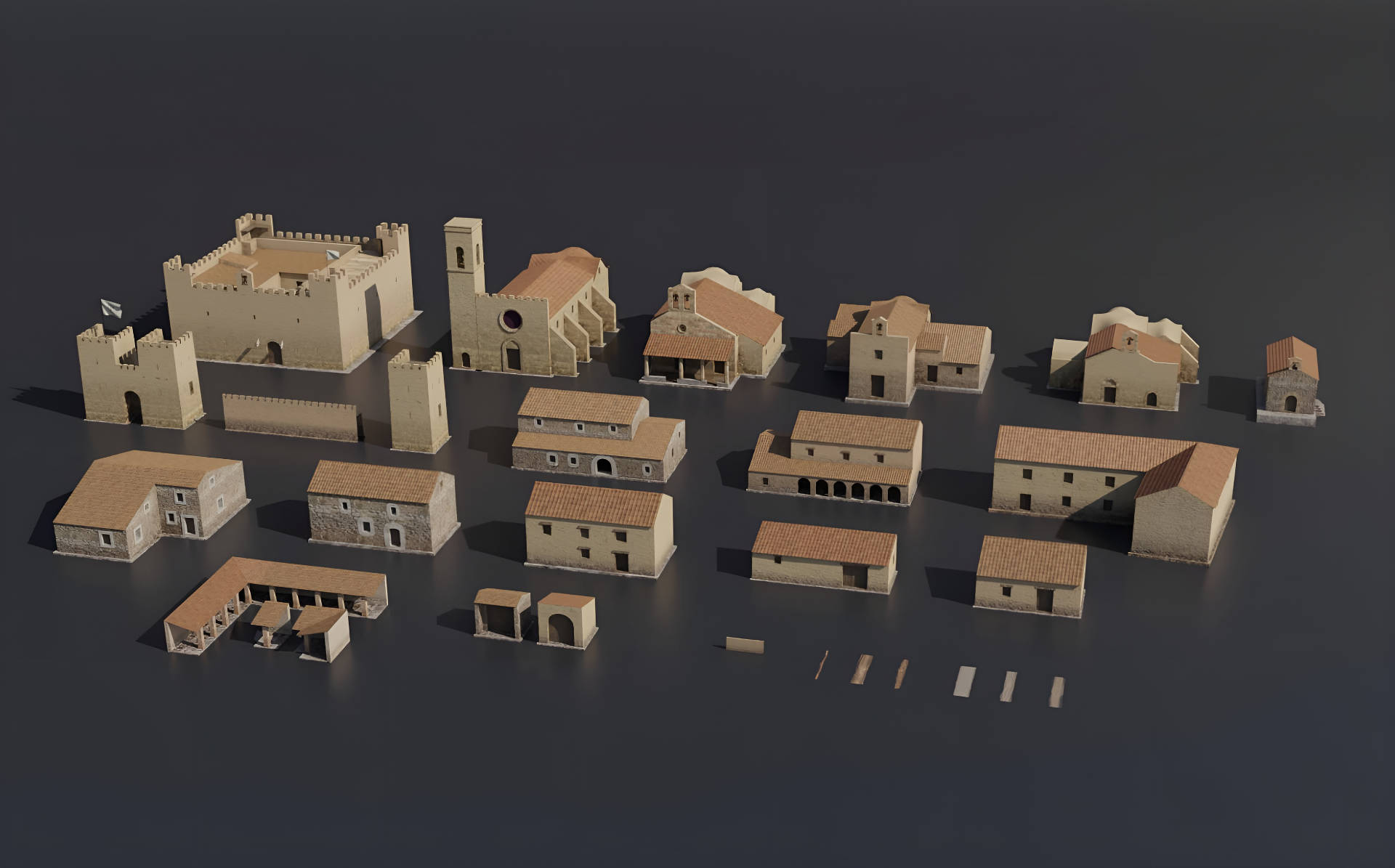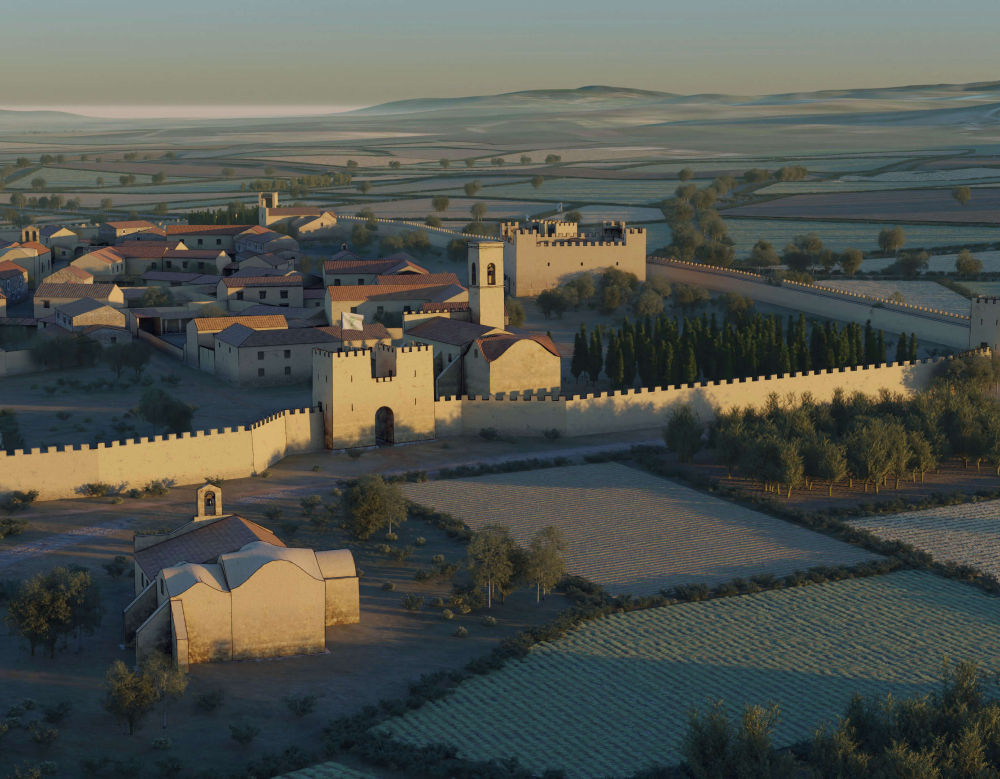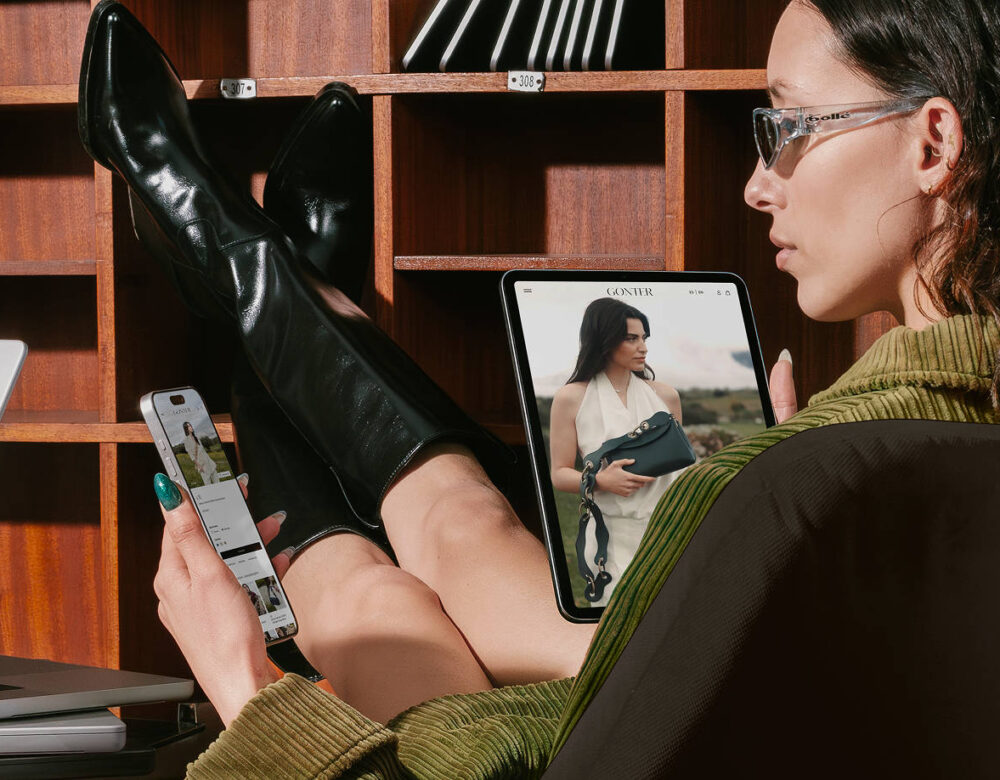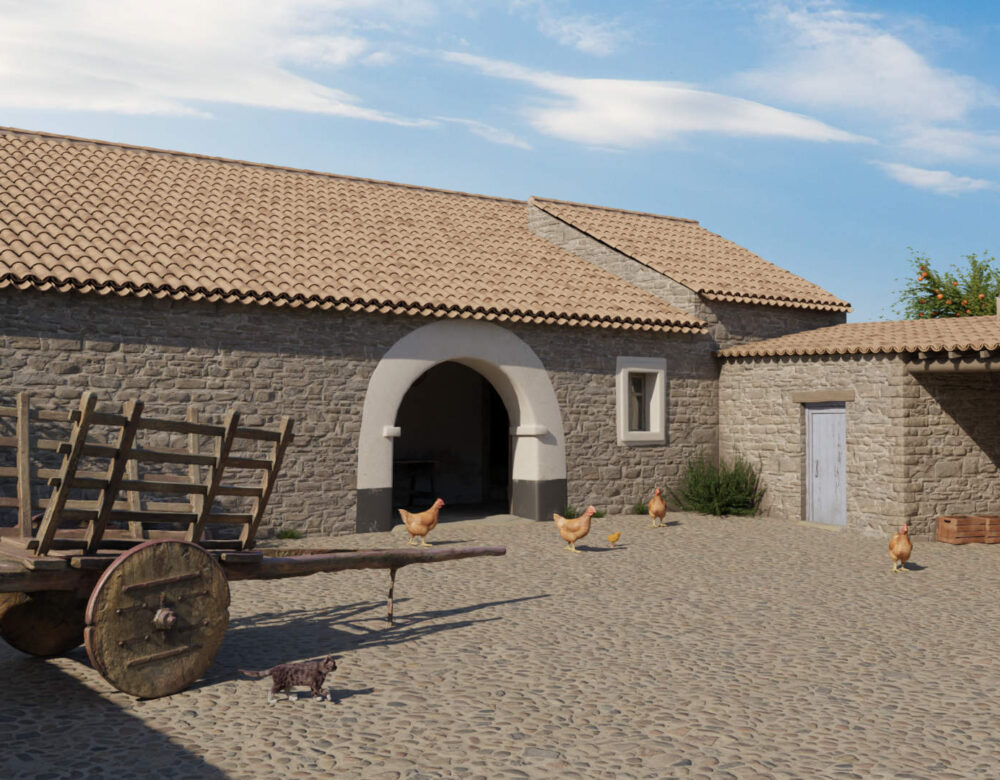
Extended reality
Discover extended reality services for immersive and exciting experiences – explore new dimensions right now!
Extended reality (XR) is an umbrella term for a set of technologies that combine the physical world with the virtual world. It is divided into three main branches: virtual reality (VR), augmented reality (AR) and mixed reality (MR).
Virtual reality immerses the user in a fully digital, computer-generated environment through the use of devices such as virtual reality headsets. It enables immersive experiences in which the user can interact with virtual objects and environments.
Augmented reality, on the other hand, superimposes virtual elements on the physical world, using devices such as smartphones or augmented reality glasses. This allows the user experience to be enriched by adding contextualised digital information about the real environment.
Mixed reality combines elements of virtual reality and augmented reality, creating environments in which virtual objects interact with the physical world and vice versa. This technology is being used in applications such as industrial design, medicine and education, as well as in the virtual reconstruction of historical and cultural heritage, allowing archaeological sites and monuments to be explored and preserved digitally.
In short, extended reality is transforming the way we interact with information and the world around us, opening up new possibilities in fields ranging from education to cultural heritage conservation.
3D modelling, texturing, lighting and rendering
In the exciting world of 3D design, modelling, texturing, lighting and rendering are the key stages that give shape and life to digital creations.
Modelling marks the beginning of the process, where shapes are moulded and the elements that will make up the scene are structured. It is here that the designer’s vision takes shape, giving rise to virtual objects and environments that will serve as a canvas for creativity.
After modelling, texturing comes into play, adding depth and realism to the modelled objects. Through the application of textures and materials, surfaces are given unique details and characteristics that mimic the look and feel of real objects.
Once textured, it is time for lighting. This step is crucial in defining the atmosphere and mood of the scene. By carefully arranging the light sources, dynamic and realistic visual effects are created that accentuate the depth and perception of the three-dimensional space.
Finally, rendering completes the process, transforming the virtual scene into a final image ready for viewing. Using complex computational calculations, the interaction of light with objects is simulated and a visually coherent and attractive representation is generated.
Taken together, these stages of modelling, texturing, lighting and rendering are essential to creating compelling and immersive digital images. Each stage uniquely contributes to the quality and realism of the final result, allowing designers and artists to bring their visions to life and captivate their audience with virtual worlds full of detail and emotion.
Types of 3D rendering
There are two types of 3D rendering, the difference is in the speed of image processing.
Offline rendering
Offline rendering is used for the production of static images and 3D videos. Unlike real-time rendering, this process allows for higher quality and more realistic results by calculating the interaction of light with objects in the scene. Although it can be slower, its ability to generate high fidelity content makes it invaluable in digital media production.
Real time rendering
It is mainly used in interactive graphics such as video games, to compute images from 3D data at a fast or very fast pace.
Where does extended reality apply?
Extended reality is the best ally of communication, graphic design and advertising companies, and not only. It is considered a fundamental tool in the audiovisual field and video production.
This technique is also used in the field of construction to recreate houses, buildings or new constructions. In this way you can get an idea of what they would be like in reality.
When a photorealistic rendering of buildings (interior and exterior) is made, it is used as a tool for analysis and control of the work produced. At the same time, it helps clients to understand design choices and forms.
Metaverse and extended reality: the future is already here
The metaverse and extended reality are radically transforming our interaction with the digital world. The metaverse, a constantly evolving three-dimensional virtual universe, offers a limitless space for socialisation, collaboration and creativity. On the other hand, extended reality enriches our experiences by integrating digital elements into the physical world, from virtual reality to augmented reality.
These technologies are opening up a vast array of opportunities in fields such as entertainment, education and commerce, enabling new forms of learning, immersive entertainment and innovative business models. As we explore these new digital horizons, it is exciting to contemplate how these tools are transforming the way we live, work and connect with the world around us.
Virtual heritage reconstruction
What exactly is the virtual reconstruction of historical heritage? It consists of using digital techniques to show what heritage sites and spaces were like in the past. Something that is possible today thanks to current documents and with the help of photogrammetry, among other techniques.
Thanks to the virtual reconstruction of heritage, we can see with our own eyes what buildings and heritage were like in the past, improving the experience of visitors and tourists by making it more immersive. It is also a non-invasive system as it is not necessary to work on the heritage, so its value is not put at risk.
As we have seen before, documenting cultural heritage requires information that helps to digitally reconstruct the monument as it was in the past. The collection of information and documentation is essential to ensure the reliability of a virtual reconstruction, providing details and context necessary for a valid representation.
Photogrammetry and virtual reconstruction
Photogrammetry is the technique of obtaining a digital twin, i.e. a 3D model of an object or an environment, with reliable measurements, by “recording, measuring and interpreting images and patterns of radiant and other electromagnetic energy”. It can be applied to real estate and all kinds of objects such as works of art, archaeological sites, monuments or landscapes. How is it achieved? By means of aerial and ground-based photography. The use and popularisation of drones has facilitated access to aerial photographs in a convenient, cheap and simple way.
We can say that photogrammetry has been a revolutionary means for the virtual reconstruction of heritage, as it gives us concrete details and with little margin for error about the ruins of buildings and monuments. This makes it possible to recreate spaces as they were in the past.
By combining the techniques of photogrammetry and 3D modelling, we can obtain excellent results in everything related to virtual reconstructions of heritage. In addition, photogrammetry offers museums a new way of exhibiting their works, allowing for improved visualisation both on-site and online.
Discover the power of extended reality (XR) with an expert by your side – contact me and take your projects to the next level!



